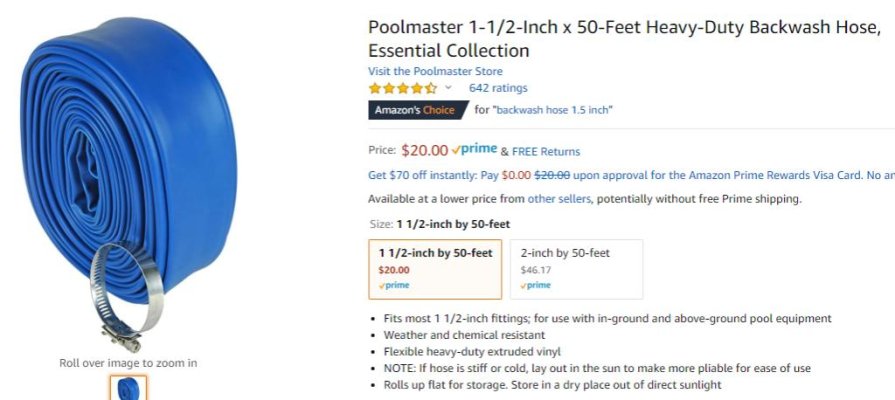Simi 60
Guru
- Joined
- Jul 1, 2016
- Messages
- 5,482
- Location
- Australia
- Vessel Make
- Milkraft 60 converted timber prawn trawler
Why not install one of these on the prop shaft?
https://www.fastflowpump.com/bilge-pump
as long as the engine is running, it's pumping, air, water, sludge, trash at 800 rpm, that's 4800 gallons per hour with an 8 foot lift head. No other pump is available at anywhere near the price. I think they start at $700 and go up. All you have to do is make a bracket to hold the outer shell of the pump. Everything splits in half so you don't have to drop the prop shaft to install it. Assemble the vane on the shaft and bolt the two halves of the outer pump shell around the pump vane. Make a bracket to hold the shell so nothing moves and the vane can't hit the pump housing. Plumb up the drain line and you're good to go. As long as the engine(s) are running, you can probably save the boat.
For boats with hydraulic systems, they have hydraulic slush/mud pumps as well
I'm not affiliated with these folks at all, but am a believer...
Mentioned before but the maths doesn't work for some.
We run at 1150rpm with 4.5:1 reduction gearbox.
That means the shaft spins at 250 rpm
Not fast enough to do anything.
To get the minimum 600rpm on their specs we would need to run at approx 2750rpm
That's 1000rpm more than the engine is capable of running.

